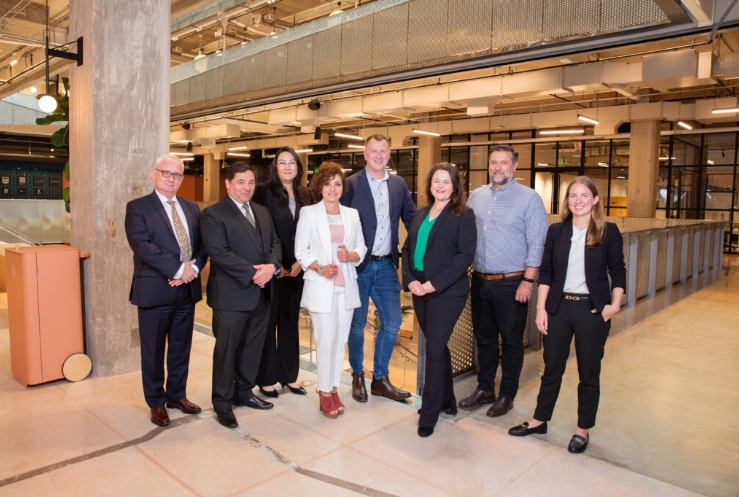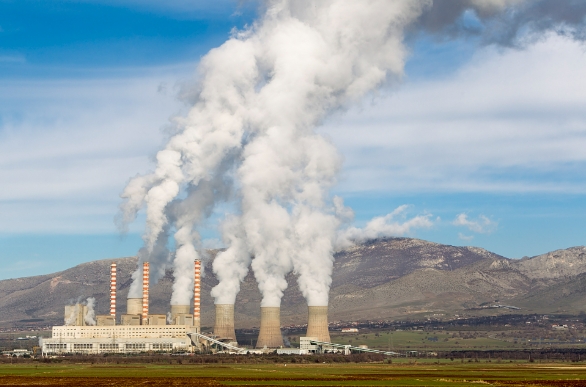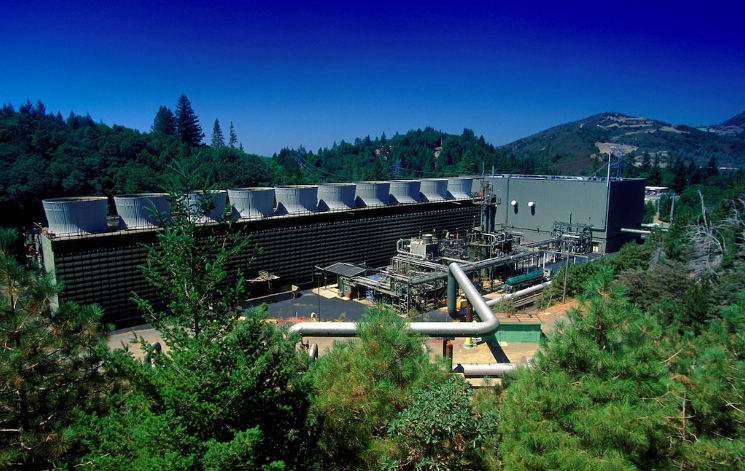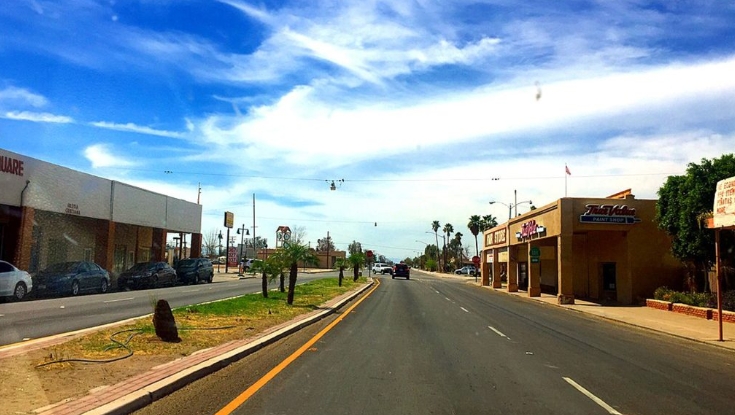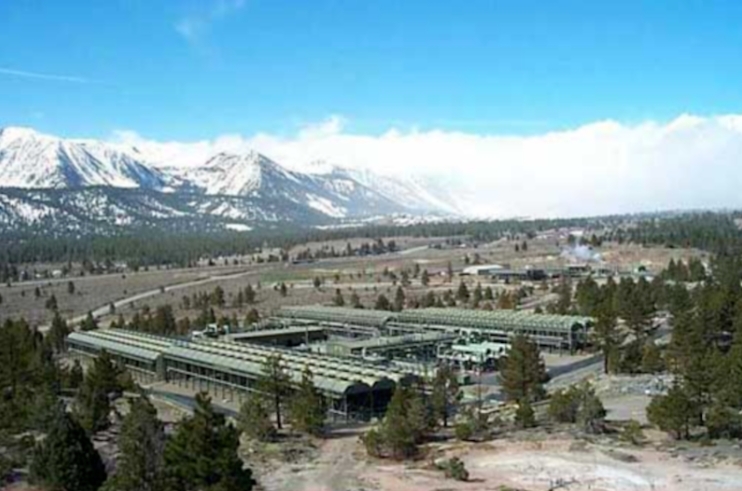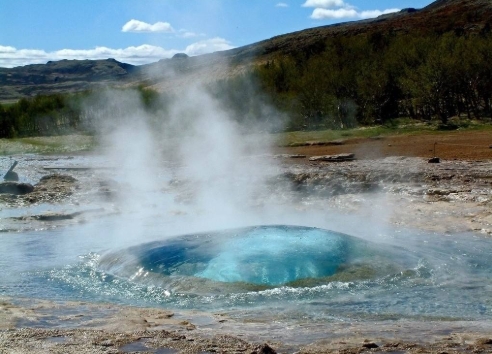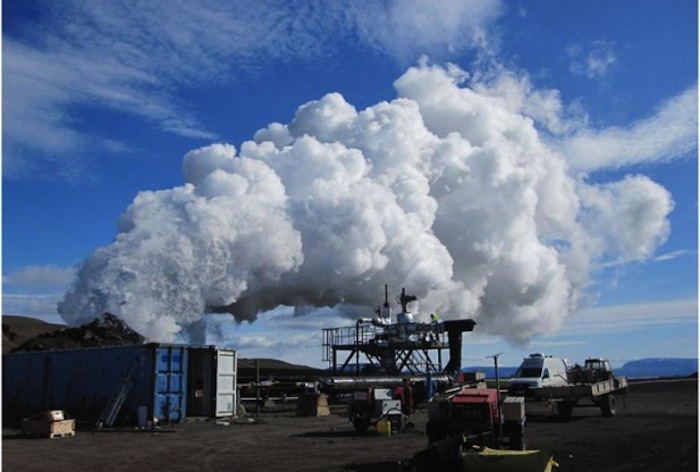
Responses to this RFI should be submitted in PDF format to ARPA-E-RFI@hq.doe.gov by 5:00 PM Eastern Time on the 30th of September 2024.
Take note that this notice does not constitute a funding opportunity announcement. The purpose of this RFI is solely to solicit input for ARPA-E’s consideration to inform the possible formulation of future research programs. No FOA exists at this time.
Superhot systems in this context refer to system with temperatures of greater than or equal to 375°C and associated pressures of roughly 22 MPa. Technologies solely relevant to geothermal environments with temperatures and pressures less than these values are of no interest to this RFI.
This RFI seeks information about key enabling technologies for development of high-temperature geothermal resources. Equivalent, well-tested, and mature equipment, developed by the petroleum industry, exists for lower temperatures (roughly 200°C) but will fail rapidly at the higher temperatures and corrosive conditions of high-temperature geothermal wells. This RFI focuses on addressing basic technological needs for superhot geothermal energy generation without prescribing a specific approach (e.g., stimulation versus closed loop).
RFI Questions
ARPA-E encourages responses that address any subset of the following topics. The questions present a variety of topics as examples, but do not restrict responses to these topics and may encourage innovative ideas. Information and suggestions from experts outside the geothermal and petroleum industries are especially encouraged. Respondents may provide responses and information about any of the following questions
Section 1: Transformational Technologies for Superhot Geothermal Systems
I. What are the key technological needs to implement superhot geothermal systems?
II. What are state-of-the-art technologies and improvements required to produce superhot geothermal systems (at greater than or equal to 375°C and associated pressures of roughly 22 MPa) for the following topics (and what topics are missing)?
a. Drilling (e.g., rock reduction, borehole diameter, directional drilling, measurement while drilling, lost circulation, cooling, insulation of drill pipe, advanced mechanical or nonmechanical drilling);
b. Well construction (e.g., casing, cement, elastomers, cementing, cement evaluation);
c. Well stimulation (e.g., fracturing fluids, plugs, sleeves, proppants) and understanding of geomechanical properties at high temperatures;
d. Closed loop systems (e.g., U-tube, co-axial, conductive materials); and
e. Reservoir or borehole characterization (e.g., acoustic logs, resistivity logs, borehole imaging, stress and pressure measurements, fluid composition, logging-while-drilling, tracers, downhole electronics, batteries).
Section 2: New Materials for High-Temperature, High-Pressure, Corrosive Environments
I. What are examples of innovative materials that may be useful but are not commonly used in present geothermal wells (e.g., ceramics, composites, additive-manufactured components)?
II. What methods exist to rapidly accelerate identification of new materials for geothermal wells (e.g., artificial intelligence, machine learning)?
III. What methods (e.g., laboratory, in situ, computational)
Section 3: Operational Needs and Supporting Technologies
I. What are state-of-the-art technologies and possible improvements in power generation?
a. What conditions are expected for the surface output (e.g., temperature, pressure, fluid composition) of high-temperature geothermal wells, and what challenges are expected in the generation of electricity, either initially or over time?
b. What are possible alternative working fluids for power generation (e.g., supercritical carbon dioxide)?
c. What are possible alternative methods of power production (e.g., thermoelectric)?
d. What are possible direct uses for output from high-temperature geothermal wells?
II. What ancillary revenue streams might exist for superhot geothermal development (e.g., energy storage, critical minerals, hydrogen generation)?
III. What other constraints exist for expanding geothermal production, and how might these be addressed (e.g., availability of water supply, grid connectivity, permitting)?
IV. How does the workforce need to adapt to a dramatic increase in geothermal energy development?
V. What other areas/fields may benefit from technologies developed for superhot geothermal systems?
VI. What experts from outside the geothermal community would be useful to consult?
VII. What are possible metrics to evaluate technologies and materials developed for use in superhot
geothermal and related systems?
Section 4: Other
I. Elaborate on any additional technological needs you feel are not covered in the above sections.
